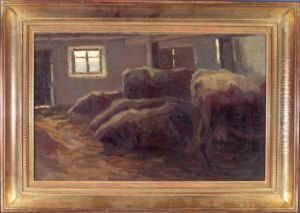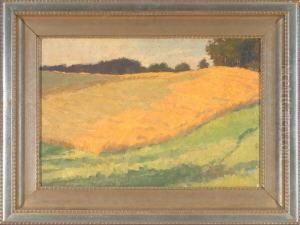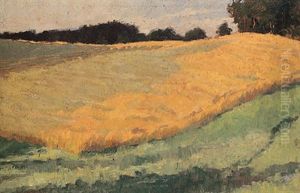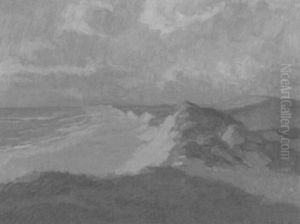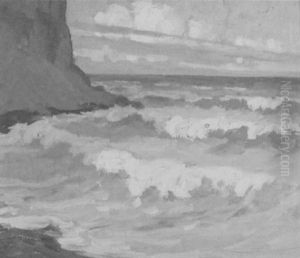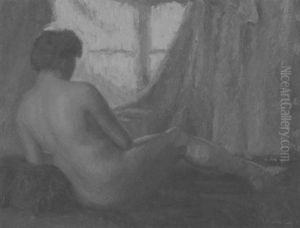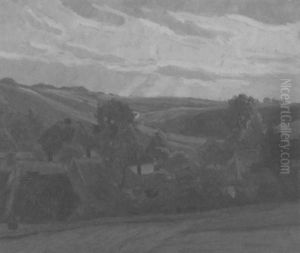Bernhard Klinckerfuss Paintings
Bernhard Klinckerfuss was a German sculptor born in the year 1770. Although not widely known in the contemporary art scene, Klinckerfuss contributed to the neoclassical movement, which was characterized by a renewed interest in classical antiquity and an emphasis on simplicity, symmetry, and a clarity of form. His works were often inspired by ancient Greek and Roman art, which had become increasingly popular during his lifetime due to excavations like those at Pompeii and Herculaneum.
During his career, Klinckerfuss created various sculptures, monuments, and decorative art pieces. He was recognized for his ability to translate the classical spirit into his own creations, blending it with the burgeoning Romantic sensibilities of the early 19th century. This period was marked by a focus on emotion, nature, and individualism, contrasting with the rationality and order of neoclassicism.
After studying art and developing his skills, Klinckerfuss gained a modest reputation in Germany. His works would have been displayed in local exhibitions and possibly in the homes of wealthy patrons who wished to associate themselves with the grandeur and sophistication of classical art.
Bernhard Klinckerfuss passed away in 1831. His legacy, like that of many artists of his time who did not gain widespread fame, is one that is appreciated more by specialists in the field of neoclassical sculpture than by the general public. Despite this, his contributions to the arts during a period of significant stylistic transition are acknowledged by art historians who study and document the era's cultural output.

